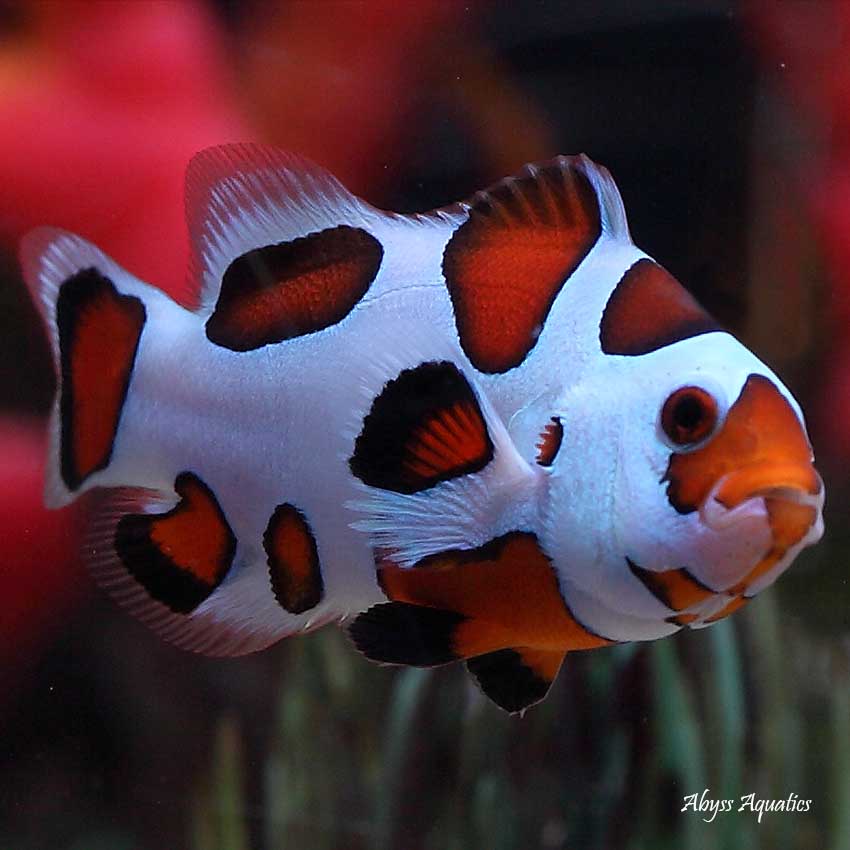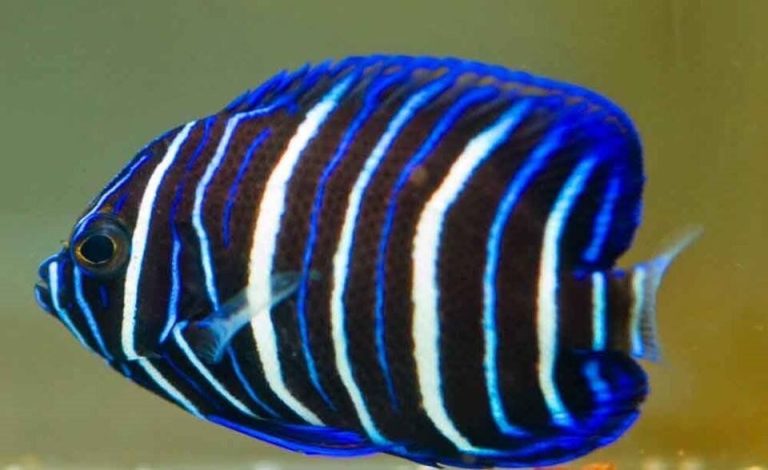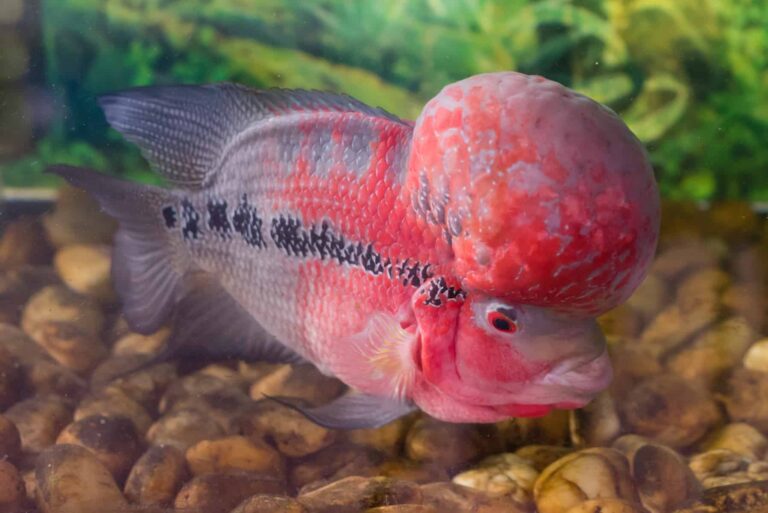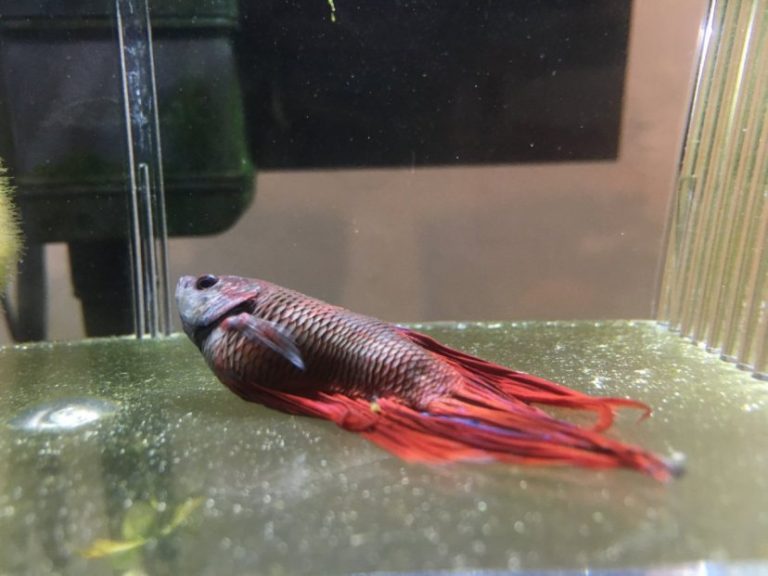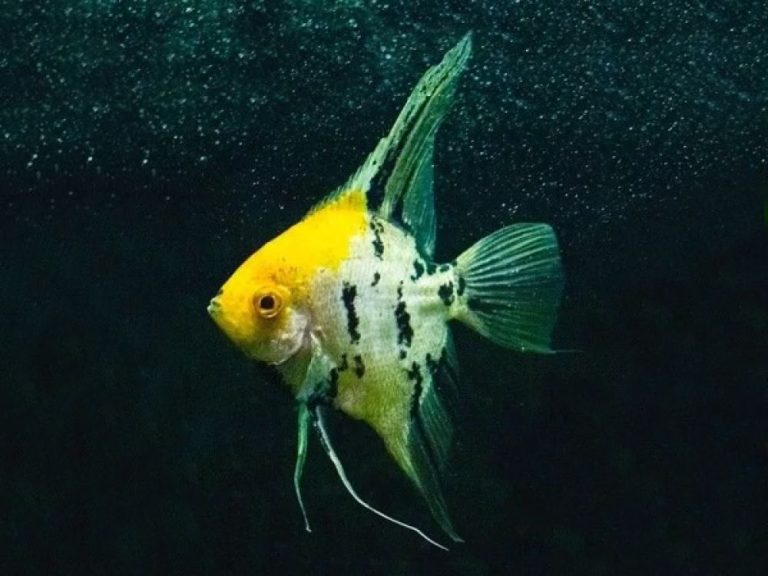Designer Clownfish
Have you ever wondered about the fascinating world of designer clownfish? These captivating creatures have become incredibly popular in the aquarium trade due to their stunning color variations and unique patterns. In this article, we will explore the world of designer clownfish and uncover everything you need to know about these incredible fish.
What are Designer Clownfish?
Designer clownfish, also known as “designer breed” or “designer morph” clownfish, are a result of selective breeding efforts to produce unique color patterns and variations. These bred specimens exhibit a wide range of vibrant colors and patterns that are not typically found in their wild counterparts.
The Origins of Designer Clownfish
Designer clownfish were first developed in the late 20th century through selective breeding programs. Marine ornamental fish breeders began experimenting with different combinations of clownfish species to produce new and exciting color morphs. Through careful selection and breeding, they were able to create a multitude of designer clownfish variations.
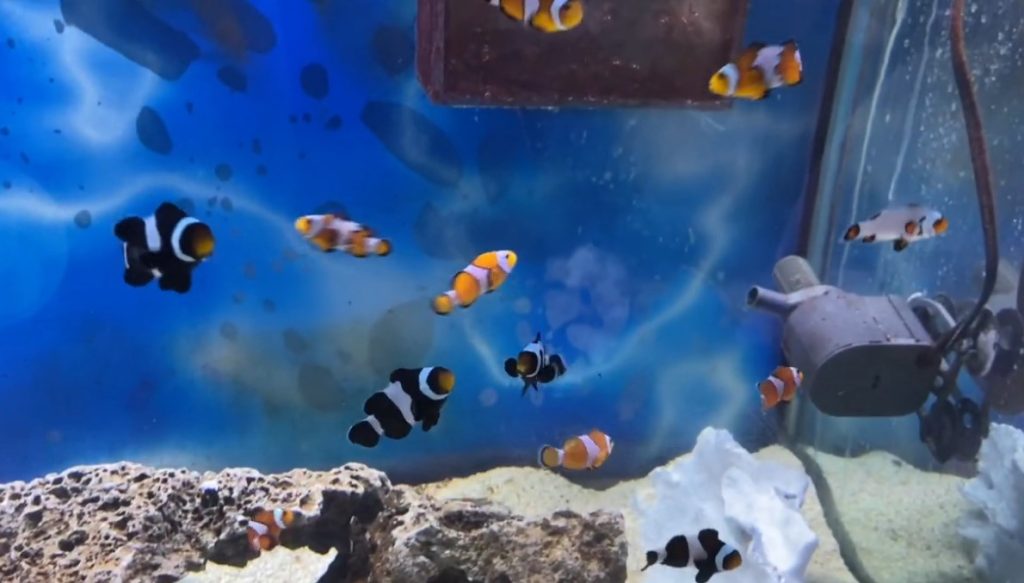
Popular Designer Clownfish Varieties
Designer clownfish come in a wide array of colors and patterns, each with its unique charm. Some of the most popular designer clownfish varieties include:
1. Picasso Clownfish: Named after the famous artist, Picasso clownfish feature bold black and white color patterns with unique variations of stripes and bars.
2. Snowflake Clownfish: These stunning clownfish have intricate white spots that resemble snowflakes scattered across their bodies. They come in various base colors, including orange, black, and ocellaris.
3. Platinum Clownfish: Platinum clownfish are characterized by their intense silver coloration. Their bodies shimmer and reflect light, creating a striking appearance in the aquarium.
4. Black Ice Clownfish: As the name suggests, black ice clownfish have a black base color with icy blue accents. Their coloration resembles frozen water, giving them an otherworldly appearance.
5. MochaVinci Clownfish: MochaVinci clownfish feature a unique blend of dark brown and orange tones, creating a stunning contrast. Their coloration can range from rich chocolate to light caramel hues.
How Are Designer Clownfish Bred?
Breeding designer clownfish is a complex process that requires expert knowledge and experience. Typically, breeders select clownfish pairs with desirable traits and carefully introduce them into a specialized breeding tank. The tank is equipped with suitable nesting sites and ample hiding places for the juveniles to hide from potential predators.
Once the pair establishes their territory, they will lay eggs on a flat surface near their chosen nesting site. The male clownfish guards and fans the eggs to provide oxygen while the female ensures the eggs are kept clean and free from debris. After about a week, the eggs hatch into larvae, and the fry are left to fend for themselves. Breeders often separate the fry from the adult fish to prevent them from being eaten.
The fry undergo metamorphosis as they grow, transitioning from their larval stage to become fully developed juvenile clownfish. At this point, they are ready to be sold to aquarium enthusiasts around the world.
The Appeal of Designer Clownfish in the Aquarium Trade
Designer clownfish have gained immense popularity in the aquarium trade due to their striking appearance and unique color combinations. They add a vibrant touch to any saltwater aquarium and serve as a focal point for enthusiasts. Additionally, designer clownfish are typically hardier and more adaptable than wild-caught clownfish, making them an excellent choice for beginner aquarists.
Providing the Ideal Environment for Designer Clownfish
To keep designer clownfish healthy and happy in your aquarium, it’s crucial to provide them with the ideal environment. Here are some key factors to consider:
1. Tank Size: Designer clownfish can thrive in various tank sizes, but a general rule of thumb is to provide at least 20 gallons of water per pair of clownfish.
2. Water Parameters: Maintain a stable temperature between 75-82°F (24-28°C) and a salinity level of 1.023-1.025. Regular water testing and quality monitoring are essential to ensure optimal conditions.
3. Lighting and Filtration: Use appropriate lighting to mimic the natural reef environment. Additionally, a robust filtration system is necessary to keep the water clean and free from harmful toxins.
4. Compatibility: Select tankmates carefully to avoid aggressive or territorial species that may harm the clownfish.
Frequently Asked Questions
Q: Are designer clownfish suitable for beginners?
A: Yes, designer clownfish are often recommended for beginners due to their hardiness and adaptability.
Q: Can designer clownfish be kept with other fish species?
A: Yes, designer clownfish generally get along well with other peaceful community fish. However, it’s important to research and select compatible tankmates.
Q: How long do designer clownfish live?
A: With proper care, designer clownfish can live up to 10-15 years in captivity.
Q: Do designer clownfish require any special feeding requirements?
A: Designer clownfish have similar dietary needs to their wild counterparts. They thrive on a varied diet consisting of high-quality pellets, frozen foods, and occasional live foods such as brine shrimp.
Final Thoughts
Designer clownfish offer a captivating and visually stunning addition to any saltwater aquarium. With their vibrant colors and unique patterns, they add an element of intrigue and beauty that is hard to resist. Through the dedicated efforts of marine ornamental fish breeders, we can now enjoy an array of striking designer clownfish varieties. Whether you’re a seasoned aquarium enthusiast or just starting your aquatic journey, these fascinating fish are sure to delight and inspire. So why not dive into the world of designer clownfish and add a splash of color to your underwater oasis?
